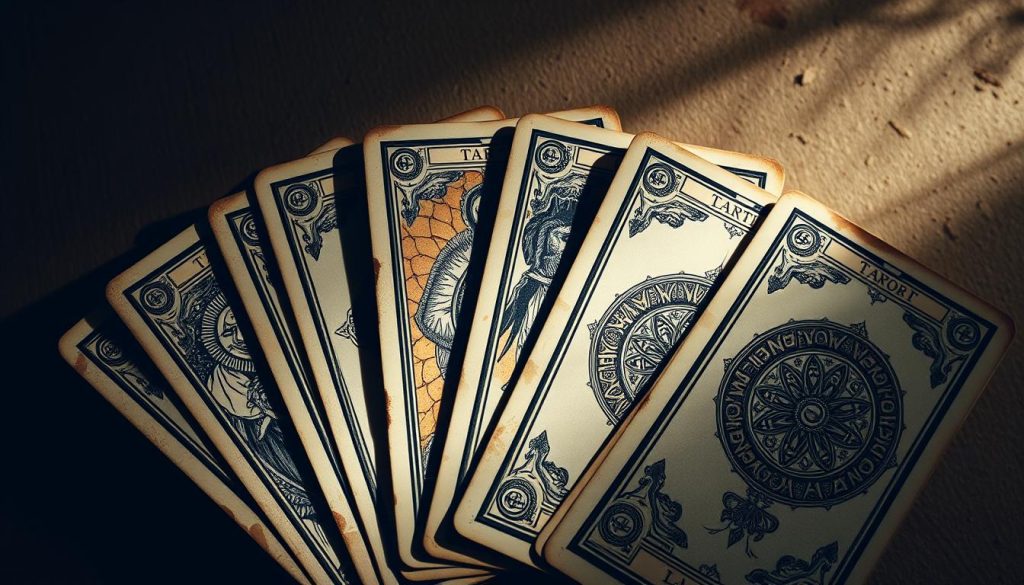Take a breath. We invite you to set an intention and type a simple question into the field. Then click the button and notice subtle movement.
This practice blends ancient divination with a playful modern tool. From Egypt to Greece and distant China, people have read tiny motions as clear guidance. Now we bring that experience to a digital space for quick, gentle insight.
We’ll guide you through what to ask and how to phrase questions so results feel useful for day-to-day choices. Centering your mind makes subtle motion easier to notice. Keep it light. Treat this as a friendly check-in, not a final rule.
Ready to try one short session? Join us, bring curiosity, and let the simple swing mirror what your inner wisdom already knows.
What a Pendulum Oracle Is and Why People Use It Today
A tiny weighted charm on a string can help you cut through mental clutter and find clear responses. We hold a small weighted object, often a crystal or stone, from a cord to read simple movements. This simple divination tool gives quick, practical answers to direct questions.
Why does it matter now? In a busy world, these instruments offer fast clarity. They help us sense our own energy and quiet the mind. People turn to them for daily choices, relationship check-ins, or a short reflection practice.
Beliefs about pendulum work vary. Some feel it channels subconscious cues. Others sense contact with guides. Scientists point to subtle muscle shifts and gravity. All sides agree there is a physical motion we can read in a useful way.
Accessible and gentle: you can start with everyday objects on a chain. Treat each reading as guidance, not a rule, and blend intuition with practical action.
From Ancient Dowsing to Digital Divination: How Pendulums Work
For thousands of years, a hung weight served as a quiet bridge between mind and matter. Early records from China show suspended jade and bronze used to commune with ancestors. Egyptian tomb art and Greek accounts confirm a long human interest in subtle movement as information.
By medieval time, monks used blessed tools to locate water and lost items. Later, Paracelsus and Renaissance thinkers tried to build a systematic way to read those motions. Victorian salons added charts and measurement flair, giving us methods that felt more like a science.
Today we call that lineage dowsing and divination while also honoring modern explanations. Small muscle shifts, gravity, and a practiced mind all play a role. Each reader builds a personal system to assign meaning to simple patterns.
What stays useful is light ritual and clear calibration. We keep the parts that bring calm and clear information, and leave behind anything that distracts.

Choose, Cleanse, and Calibrate Your Pendulum for Clear Answers
Begin with a piece that fits your palm: a clear quartz crystal for neutral reading, an amethyst stone for gentle attunement, or a brass weight for steady grounding. Let it feel like a partner, not a prop.
Cleanse with simple rituals. If the material allows, rinse with water. Leave the piece in sunlight or moonlight for a quick reset. Use bells, incense, or a short meditation with visualized light to clear any lingering energy.
Hold pendulum lightly by the chain between thumb and forefinger of your dominant hand. Rest your elbow to steady your arm. Let the weight hang still before you begin.
Calibrate by asking, “please show me yes,” then note the pendulum swing. Repeat for “no” and “maybe” so your personal pendulum move patterns are clear. Test with a true statement and a false one to confirm.
Use pendulum best practices: breathe, relax shoulders, keep your question clean and simple. If a reading feels fuzzy, clear with light or sound, recalibrate, then try again. Consistency helps this pendulum tool give steady guidance while you watch the swing for an honest answer.

Pendulum Oracle Online: Ask Yes or No and Watch the Answer Swing
Slow your breath, steady your hand, and frame one clear question. We invite you to type a focused yes questions phrase like “Is it in my best interest to…” or “Am I correct to believe…” so the on-screen motion can give clean information.
Place attention on one intent. When your hand feels steady, click the button to trigger the visible pendulum swing and read direction against your personal yes/no mapping.
Keep it simple: one question at a time helps the reading stay precise. If a result feels fuzzy, recalibrate with a true or false prompt you already know to know answer outcomes.
We blend classic divination work with a digital tool. The process preserves movement while making a quick way to get gentle guidance on career, timing, or relationship questions.

Log each session. Over time patterns appear, and that record turns short checks into a meaningful personal practice.
Pro Techniques: Better Questions, Pendulum Boards, and Tarot Card Pairings
Pro tips help you turn fuzzy curiosity into crisp, repeatable readings. Short, binary prompts make it simpler to get a clear pendulum swing. We trim broad musings into one focused question. Then we stack follow-ups to map a complex situation step by step.
Use a board for structure. Flat layouts labeled with yes, maybe, and other outcomes bring order. You can buy a ZenAndMeow Triple Moon Board or Jetec Star Board, or make a DIY paper grid. These objects make a consistent system that is easy to log.

Pair with tarot cards to deepen meaning. Pull a spread, then test specific card meanings with targeted follow-up prompts like, “Is this 9 of Wands about perseverance?” Keep labels and calibration steady. Rotate between physical and digital boards to refresh focus without changing your rules.
Log every session. Record questions, outcomes, and notes. This simple habit sharpens your instincts and helps this pendulum tool stay useful, playful, and reliable over time.
Practice, Ethics, and Limits: Using This Divination Tool Wisely
Treat practice as a small daily ritual. A few minutes most days builds steady skill. Short sessions make readings clear and calm.
Keep ethics front and center. Ask about your own path and consent-based interests, not private matters about others. Kind, clear questions show respect.
Limit yourself to one focused question at a time. Pause between repeats. If results become fuzzy after two tries, stop, recalibrate, then return later.
Record date, time, and the exact name of each ask. Notes help you compare outcomes and refine wording. Treat “not now” as a valid reply; waiting can be wise.
Use this divination tool to inform next steps, while keeping real-world checks. For legal, medical, or financial issues, consult qualified professionals. Be gentle with yourself. Breathe, step back, then come back when you feel centered.
Ready to Ask? Center Yourself, Hold the Pendulum, and Let the Answer Swing
Take a calm breath, rest your hand, and invite a small, clear motion to speak.
We center together: soften gaze, slow breath, and clear your tool with sunlight, moonlight, running water, smoke, or a flash of light. Then pinch the chain between thumb and forefinger of your dominant hand. Brace your elbow and wait for stillness.
Calibrate quickly: say “please show me yes” and “please show me no,” then test with a true name statement like “My name is [your name]” and a false one. Compose focused yes questions and let the pendulum move settle into a clear swing before you record an answer.
Try rose quartz for heart checks; pair with tarot to confirm card meaning. Close with gratitude, log results, and return when curiosity calls for another short session.
